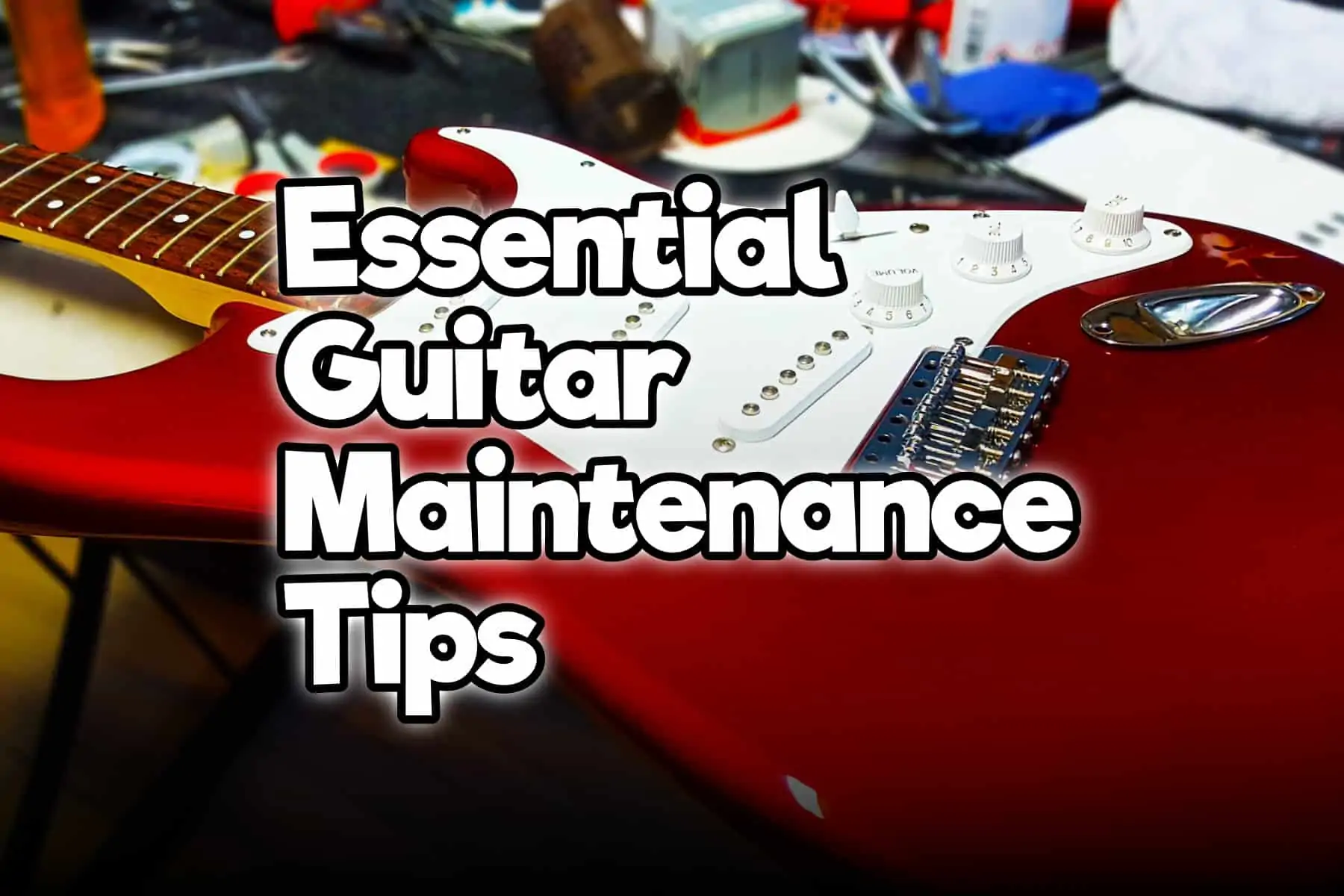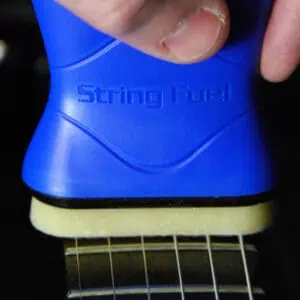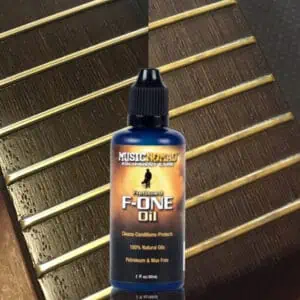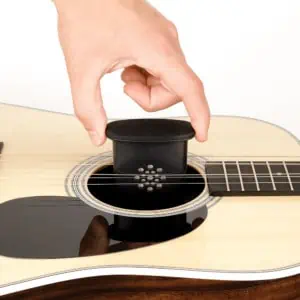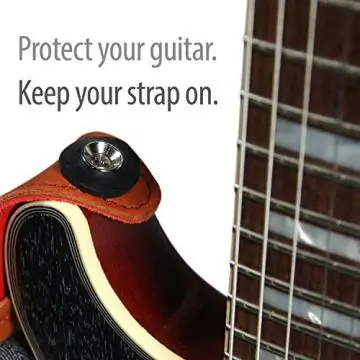Your guitar requires periodic maintenance. If you look after the instrument, it will last you a long time. Here are some maintenance tips to ensure that your guitar performs well and lasts you for years to come.
Change Your Strings
You should change your guitar strings often. Changing guitar strings depends on how much you play. For most guitar players, changing them once every 3 months or 100 hours of play should be fine. If you use coated strings, they will last double the time regular do. Over time, strings lose their tone. If you play often, you need more changes. If the guitar is your hobby and you are playing once a day just change them after 3 months.
I personally use and recommend Elixir Electric Guitar Strings with the amazing Nanoweb Coating technology for a long string of life. For acoustic players, they offer the Elixir Acoustic Guitar Strings.
Wash Your Hands Before You Pay
Wash your hands before you play to remove oils, dead skin, and dirt. This keeps the grime off the fretboard as you play. One of the main causes of dead strings is the accumulation of dirt from your hands on the strings and fretboard. You’ll get a longer life out of them if you keep your hands as clean as you can.
Wipe The Strings And Oil Them After Use
Wipe your strings after you use them which removes dirt. You may also want to use some string oil on them. This oil helps keep dirt away from the strings and makes them smoother to play. Keep a clean cotton cloth in your guitar case. Wipe up and down the strings after each practice session or gig, it will extend your strings life.
I personally use and recommend Music Nomad MN109. I love it because it has a huge applicator that covers all the strings and with a single wipe you are done!
Clean The Fretboard
During a strings change, you should clean the fretboard. A lot of dirt and grime can get onto your fretboard. This dirt also gets into the fret grooves and can cause wear. Use a cleaning cloth to remove the grime. Do this in a slow manner and one fret at a time. It’s a good way to get the gunk off the fretboard. You can also use a ball of fine steel wool for this purpose. Don’t use steel wool on a lacquered fretboard only on a plain rosewood or other wood and make sure to cover the pickups before you do this.
Oil The Fretboard If Needed
Your guitar fingerboard may dry out. A dry board can crack over time. Use a small amount of oil designed for fretboards. Only use a few drops at a time as the board doesn’t need much lubrication. Only apply oil if you feel the board is too dry. Too much oil will do more harm than good, so only apply a little. Do this about twice per year. You don’t need oil on maple, laminated, or lacquered.
For the fretboard oil, I recommend the Music Nomad MN105. I love this manufacturer, all their products are top-notch
Clean The Tuning Pegs
The tuning pegs can accumulate dirt and grime. Wipe these down to keep the dirt away from the pegs. If grime builds up, the guitar may suffer tuning problems. It might be harder to turn the pegs to tune your guitar if there is a lot of dirt present. You can do this when you change the strings on your instrument.
Tighten Screws But Not Too Much
Check all the screws on the guitar to see if they are loose. Tighten them a bit if they feel loose. Don’t over-tighten the screws as this will strip them. Screws around the tuning pegs are ones that often come loose as you use the tuning pegs all the time. Other areas including the backing plate if you have one. Bridge screws may also come loose. You should perform this maintenance task a couple of times per year. If you have a stripped screw, it needs replacing.
Use A Humidifier
Extreme or low humidity can change the wood of your guitar and warp the neck or other parts. A humidifier helps keep the right humidity for your guitar. They are beneficial for both electric and acoustic guitars. Acoustic guitars have more problems due to humidity changes. Get a humidifier to reduce these risks to your acoustic guitar cracking. Your electric doesn’t need it that much unless you live in an extreme humidity environment.
I recommend the D’Addario Acoustic Guitar Humidifier available on Amazon for just under $5.
Clean The Dirt Of The Bridge
You should clean the bridge of your guitar a few times per year. Dirt can get into small parts. This is more of a problem on an electric guitar. A cotton swab can help you reach problem areas on the bridge that you can’t access. Only use approved cleaners. Regular household cleaners may damage the bridge. If you have a locking nut, keep this clean in the same way.
Check Neck Straightness
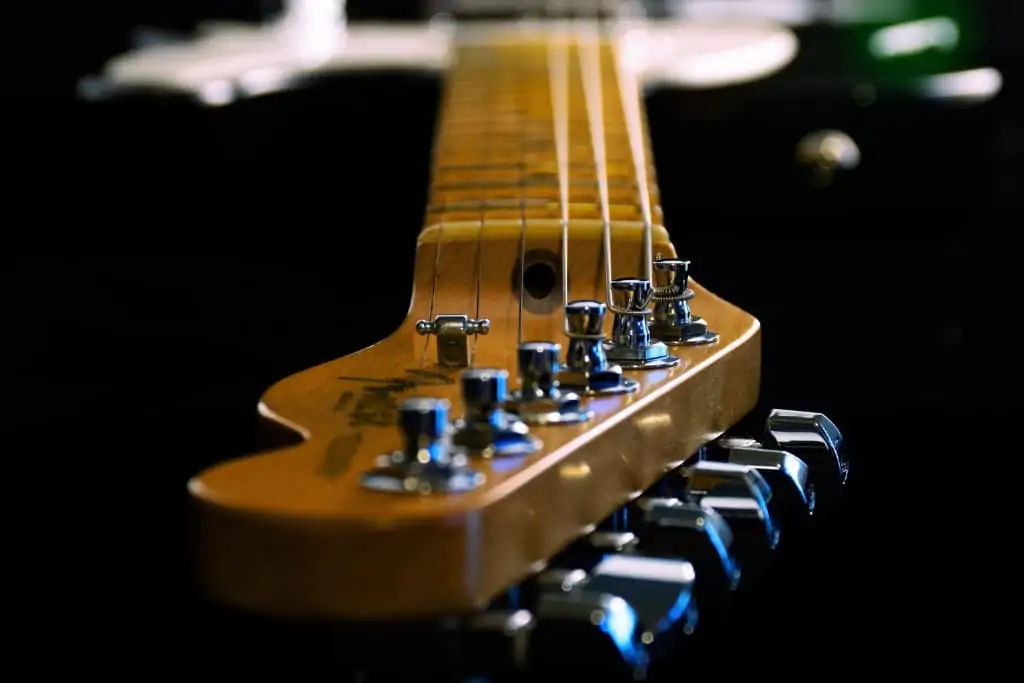
Check how straight the neck is by sighting down the neck. Put the guitar on the ground with the neck up and look down towards the bridge. You want the neck to be quite straightforward. If it appears to have a large bow in it, the neck may need some changes via the truss rod. You can do this if you know how to do this or see a guitar tech to do this for you. Acoustic guitars are more susceptible to neck warping. You may want to check your acoustic guitars often.
Use Strap Locks
You should have strap locks for your strap. Many straps aren’t that secure. Your guitar can fall off the strap if you’re performing live or practicing. The guitar will fall to the ground, and it may break. A good strap lock prevents this from occurring. It keeps the strap secured to the strap button. Your strap won’t fall off when you use it. They are simple to put on and easy to take off. There are several different types, so find one that works best for your needs. Always use them as you’ll avoid costly accidents.
I recommend the Guitar Savers Premium Strap Locks, they can save you a lot of money and agony over damaging your favorite instruments.
Clean The Potentiometers
The potentiometers are the control knobs of your guitar. These can get clogged with dirt, hair, skin, and others. This can reduce the performance, or you may find the knob hard to turn. Take the plastic part off and clean the head of the potentiometer. You may also want to give it a spray form a contact cleaner which reduced scratchiness when you turn the knob. But be careful it won’t touch the wood. If you notice a lot of noise with a pot, it may need replacing as they do wear out after time.
Dress Or Replace The Frets
The frets may wear out over time. If you play often, this wear will occur sooner. The frets end up with dings, bumps, or burrs on them. These cause dead notes on the guitar or notes that “buzz” when pressed. Sometimes raising the action removes these buzzes. In some circumstances, the guitar needs a full fret dressing. The dressing removes the imperfections in the frets, such as the dings and bumps. In some cases, the fret undergoes replacement. This job is best left to a qualified guitar technician.
Lubricate The Guitar Nut
If you notice tuning problems with your guitar this may be a nut problem. To reduce tuning problems, you should lubricate the nut. The string gets stuck in the nut slot. You may hear clicking when tuning the string. This is a sign of a nut problem with your guitar. There are nut lubricants on the market you can use for nut lubrication. In some cases, a bit of graphite from a pencil tip is all that you need to reduce clicking and keep your guitar in tune. Graphite works wonders, so use some. Apply the pencil tip to the nuts slots before each string changes for the best results.
Keep The Guitar In The Case When Not In Use
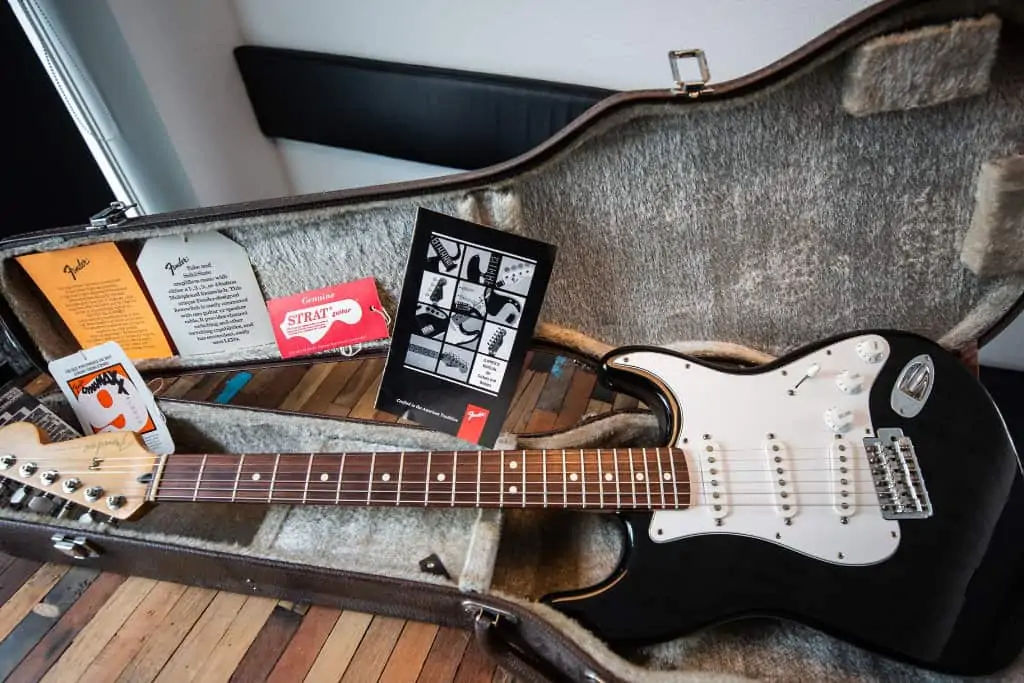
When you’re not using your guitar keep it in the case. You run the risk of tripping over your guitar or having it fall over if you don’t use a guitar case. Get a high-quality gig bag or a hard case as this offers the most protection. Keep extra strings, wire cutters, cotton cloth, and other maintenance tools in the case within easy reach. Many cases have a lock, so you get security as well as protection for your guitar. Keep heavy objects off the case. If you have several guitars, buy locker designed for guitars and store the guitars in that.
Remove Grime Around Pickups
Grime can accumulate around the pickups. Make sure you clean this area to keep the dirt away from them. This can corrode your pickups over time. It’s best to clean during each string change for the best results. Use a clean cotton cloth and remove all the dirt around the pickups and pickguard. Clean any other grime or dust you may see on the guitar as well.
Repair Cracks
Your guitar may have a few cracks over time. While small finish cracks in the body are not much of a problem, pay attention to the neck and headstock area. This is where the tension is. You want to repair crack here as they may spread and weaken the neck further. Crack at the headstock is problematic and needs fixing right away. If you own an acoustic guitar, watch for cracks in the bridge as this may mean it’s going to lift as the glue could be weak. If bracing inside an acoustic guitar is loose or rattles, this needs repair right away. Check the guitar often for cracks. A small repair job now will prevent a costly one later.
Avoid Extreme Temperatures
Extreme temperature can damage your guitar. For example. Never leave your guitar in the car overnight even in the case. The temperature changes impact the wood. Acoustic guitars are more susceptible to these changes.
Check the neck of your guitar goes through any extreme temperature change. A blanket over the guitar in the case can add more protection. In hot environments, you may sweat more. Remove moisture from the guitar before it goes back in the case. If you take the guitar from one extreme environment to another, allow it to warm up before you play.
Avoid Direct Sunlight
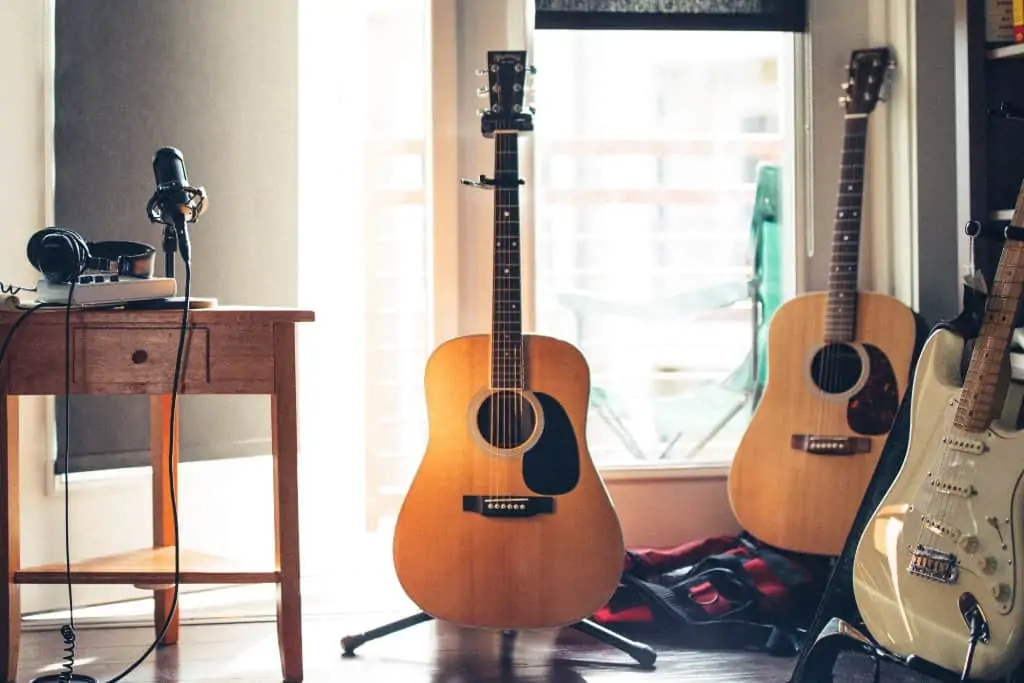
Keep your guitar out of direct sunlight. The light could fade the finish over time. White guitars are the most at risk. Sunlight may also dry out the wood and promote cracking. Keep the guitar in the shade as much as you can or protect it in the case. Avoid hanging guitars near windows where there is a lot of light if you use a guitar hanger. A dark room is best to keep the finish of your guitar looking like new. If you’re outside playing don’t worry about it as a few hours won’t matter. Long-term sunlight exposure is what matters.
Secure The Guitar To The Stand
Don’t put the guitar in the stand and leave it there. You’ll find a plastic piece that goes across the headstock area. Pull this across to secure it to the other side. This prevents the guitar from falling off the guitar stand. Do this on stage as it’s easier to knock a guitar over in cramped spaces.
If you use wall hangers, make sure these are secure. Some hangers have plastic pieces that go across the hanger. This adds extra protection for the guitar. Make sure your hangers are secured to the wall via a stud. Make sure all other stands and racks are secure.
Unplug cords from the guitar and amp when the guitar is on a stand. This prevents you from tripping over the chord and pulling the guitar and stand over. This is a step often overlooked by many players. It prevents costly accidents. Avoid long cords if you don’t need one.
Do A Regular Set Up By Yourself Or A Professional
One of the best things you can do for your guitar is to have the right setup. You can do this on your own if you have the skills or hire a qualified guitar tech. There are several things you can do to set up the guitar.
The first thing to do is to ensure the instrument has proper intonation. This means that the guitar is in tune across the entire neck. This is tricky to do for beginners, so it’s best left to a professional. Check intonation often and make adjustments when necessary.
The action of the guitar needs to be set. This is how far away the strings are from the fretboard. A lower action makes for faster playing but buzzing notes could occur. Higher action makes bending easier. It gives you more tone, but faster playing is more difficult. Action is usually more of personal preference. Check the pickup height as this impacts how good the pickups sound. This is another area of personal preference. Floating bridges may need adjustments as well. A good guitar tech can do all this for you.
Clean And Tighten The Jack
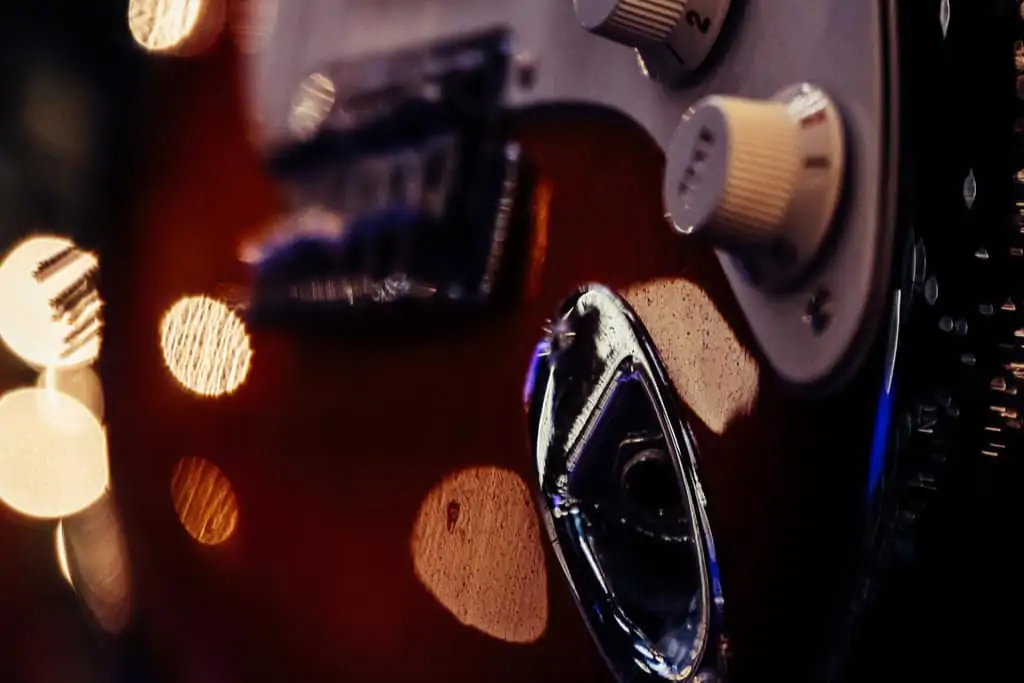
You can have problems with the input jack. Clean the jack often and use a contact cleaner if its scratchy or pops when you take the guitar cable out. But make sure it won’t touch the wood. This area gets a lot of abuse from the cable, so you need to look after the jack. Tighten the screws that hold the plate if they are loose.
In some cases, the nut that holds the jack in place gets loose. You need to tighten this to keep the jack from falling into the guitar body. If it does, take the cover off and threaten the jack back through the hole. Be careful with the wires there and don’t pull on them. You can then put the plate back on the guitar and the nut to secure the jack back in place. This can be a picky process so go slow with it. Don’t make the jack too tight or it won’t open enough to let the guitar cable into the jack. It needs to be quite snug but not super tight. Check the nut often to ensure it’s snug.
Conclusion
If you care for your guitar, it’s going to last a long time. Make sure you perform routine maintenance. You want to keep your guitar in good condition as you paid good money for it. Use guitar-approved cleaning supplies. This includes polish lubricants, oils, and so on. Many household cleaners are too abrasive. These could cause damage to your guitar. A good guitar shop has these types of supplies. If you look after it, you’ll get many years of enjoyment out of your guitar. It’s going to play and sound better, too.
If you found this article useful, you may want to save this pin below to your Guitar board.

Recent Posts
Some guitarists insist on buying an expensive amplifier with their electric guitar. They assume that this is a must for every type of guitarist out there. However, in some situations, this isn’t...
Top 50 Free Realistic Guitar VST Plugins With Sound Examples
As technology has rapidly advanced in the recent decade, computers are stealing more and more roles from physical musical instruments and accessories. Nowadays, you do not need expensive amps,...

